Staggering speed is maybe the most coveted and visually impressive skill in martial arts. Bruce Lee’s lightning attacks built his reputation. Speed is characteristic of most of the great professional boxers, such as Sugar Ray Leonard and Muhammad Ali.
Ali’s power was only proportional to his body size, while the speed of his punches was phenomenal. And Leonard’s hands may have been the fastest the world had ever seen. Former full-contact karate champion Bill Wallace never had much punching power, but his lightning-fast punches earned him a good professional record in the ring.
Is this magical skill built into a person’s DNA or can it be developed and improved using exercise? According to scientists, almost anyone can become the fastest person in the world if they follow a few fundamental principles.
Speed training is mostly 90% psychological, maybe even 99%.
This article is gonna be not about the standard ways to increase the speed, such as sprinting or shadowboxing with dumbbells in hand (which helps). Here we’re going to try to look at additional ways to increase speed psychologically.
Learn By Watching The Pros
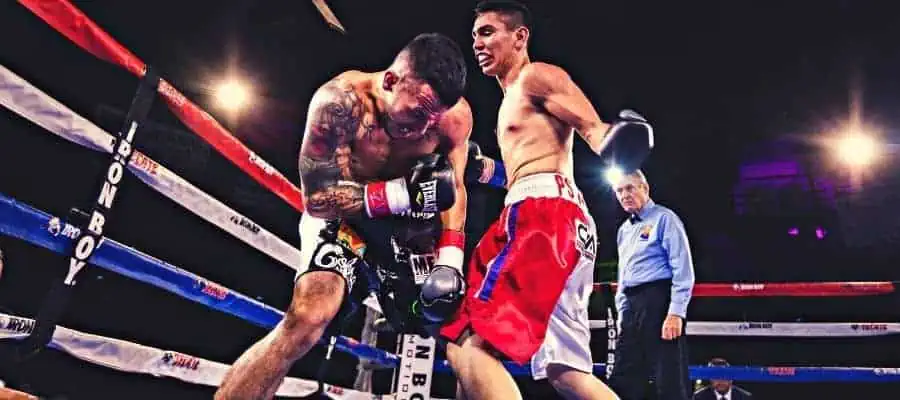
It is said that if a man wants to be a fast runner, but doesn’t go out, he will learn to be a cripple. All he has to do is get out of the house, find a fast runner of his age, strength, and body type, and watch him do the same thing. Always look for those who are better than you and try to adapt their techniques, tricks, and tactics.
Use Smooth, Flowing Punches
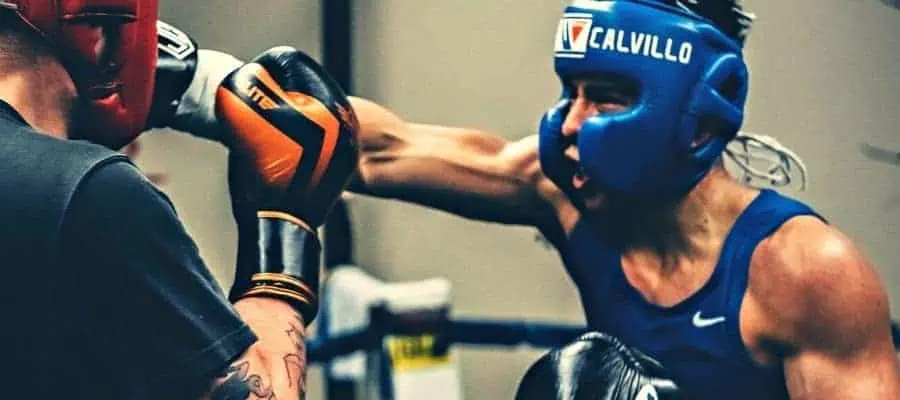
The smooth technique of Chinese-style moves has much more explosive power than the traditional reverse punches in karate and boxing. It is because the speed of the punch is generated by the impulse. You can train your brain and neural system to throw fast punches.
To reach this, do an exercise made up of fluid movements, starting with three or four punches in one combination. Once you begin to execute this combination automatically, add a little more movement. Then a little bit more, until your mind learns to bind each movement into one lighting speed combination.
Use Focused Aggression
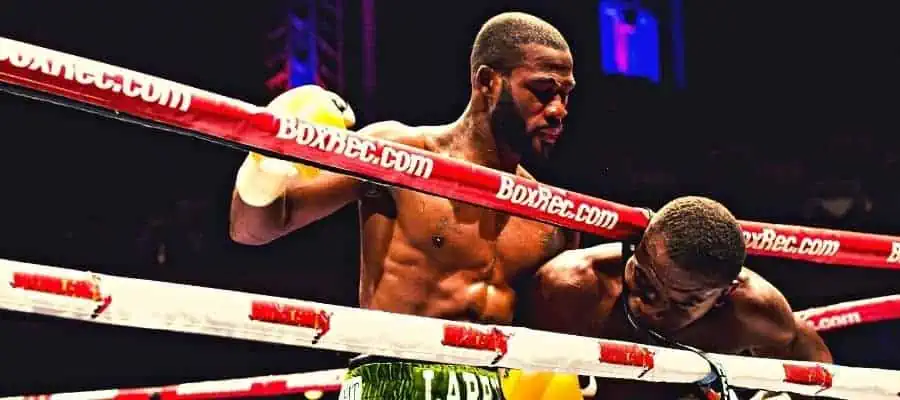
You must learn how to instantly switch from passive to fighting state. This is necessary to attack before the enemy manages to anticipate your actions. Any doubts about your ability to defend yourself must be removed by mental training. This should be done before you find yourself in a stressful situation.
Self Confidence
Reaction time for any action is divided into three phases. These phases are perception, decision, and action. Together, these phases take about a sixth of a second. Perceiving information and making appropriate decisions should be done in a relaxed state.
You must be aggressive and confident in your abilities. Self-confidence should be born in a fight with a real opponent. It must be to a much greater extent than when performing kata or shadow boxing, where you are attacking an imaginary opponent.
If you think of athletes who have reached great results in the world of sports, you can see that they have the same skill. In one way or another, they are completely confident that they would be able to win. You must also be always in the ready state, keeping a close eye on everything that is happening around you.
Analyze And Mental Control
In the same way, be ready at any moment, in case of any danger, to realize your potential force. This special physical, mental and emotional state can be mastered by anyone, but only in a face-to-face fight with an opponent.
Once you have reached this level of training, analyze and categorize the feelings you have reached. Later on, in a fight, you can use the experience, which will give you a definite advantage over your opponent. Ask yourself the following questions: What is most distracting to me?
Could it be the distance between me and my opponent? Or his open anger at me? His way of expressing himself? What kind of distraction does this mental state have on me? What feelings am I experiencing? What did I look like? What was my facial expression? Which muscles were tensed?
Which ones were relaxed? What did I say to myself while I was in this state? What mental pictures did I have in my mind? What was my eye focus on? After you have found your answers to these questions, replay the situation again. Try to have the feelings, surroundings, and sounds in your mind again.
Repeat this repeatedly until you can bring yourself into this mental state at any moment.
Use Well-Learned Combat Stances
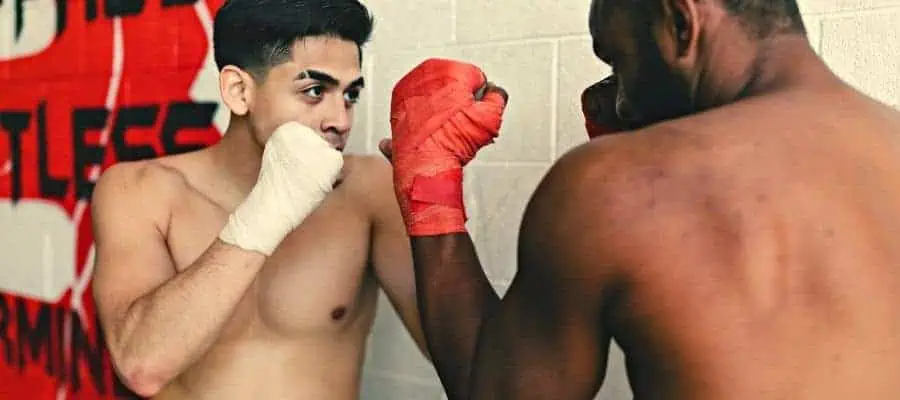
Use the fighting technique that you feel is most suitable for you. Learn to hold a stance from which you only have to make a slight movement to move from one target to another. Finding a natural fighting stance eliminates the need to choose punches.
It allows you to surprise your opponent with automatically executed attacks. And a confused opponent is already half defeated.
Beware The Psychology Of One Fatal Punch
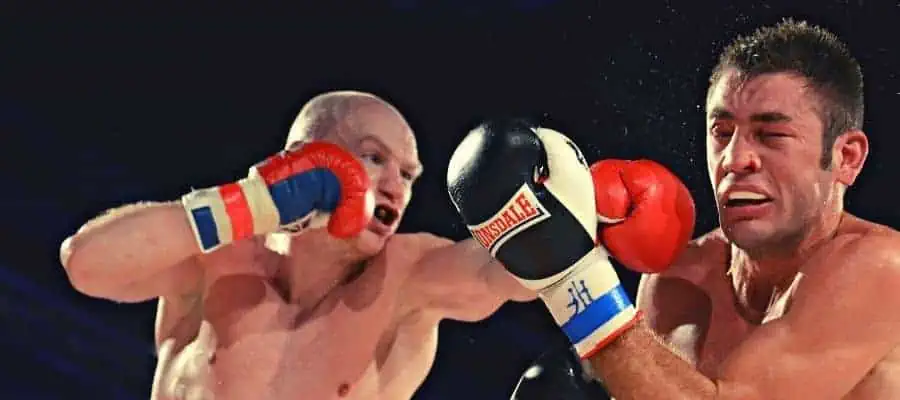
Your starting attack should be a sequence of three punches. Also, even if the first punch was able to stop the opponent’s attacks. The first punch is the “appetizer,” the second is the “main meal,” and the third is the “dessert”.
A series of punches are much harder to predict, and it is even more important to dodge all the punches. You throw a quick punch, followed by a lightning second and then 3 and 4 punches. Then the opponent has fewer ways to respond properly to your moves.
Remember even the famous Roy Jones Jr. who could quickly throw a combination of 4 punches.
Use Visualization Exercises

When you’re practicing your punching speed exercises, you have to imagine that you’re punching at the speed you want. If you can’t see it, you can’t do it. This mental training complements physical training in many ways. Visualization is not as difficult as many people think.
Try the following experiment: stop right now and imagine to yourself the color of your car. Then an orange. Then your best friend. How did you manage to do that? You visualized it. Many people often do not realize that they often create images in their heads on a subconscious level.
The part of the brain responsible for creating and reproducing images may be well trained. It works even for those who are not normally used to it. Learn to imagine yourself in the conditions of a real fight. Try to see and feel that your moves are reaching the targets you have chosen.
Feel your bent knees adding more power to your kicks. Feel how your lighting punch knocks the opponent out, etc.
Identify Open Targets
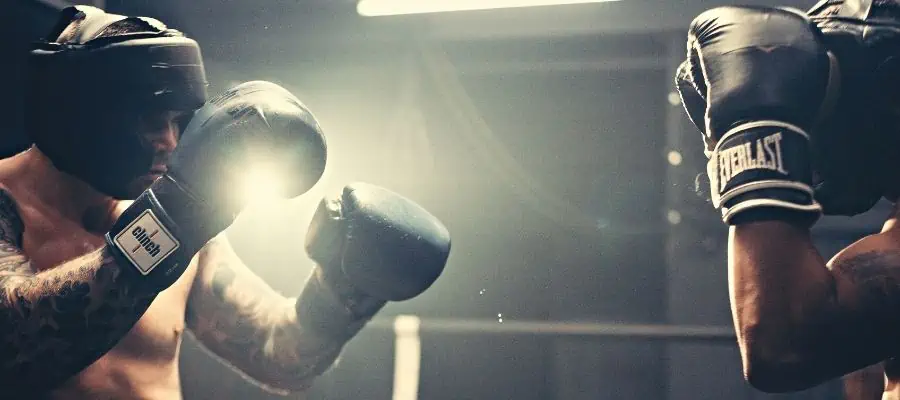
To learn to recognize open targets and predict your opponent’s moves, you must train with a real opponent. A feeling of timing can be achieved by making repeated attacks. This should be done until you have a strong belief that you can use these techniques in a real fight.
One of the reasons boxers have such good punching speed is that they practice their technique thousands of times in sparring. And when they have a target in front of them, they don’t think, they act. This subconscious skill is easy to learn, but there is no shortcut to it.
You must train again and again until your technique becomes an instinctual skill.
Don’t Hint Your Moves
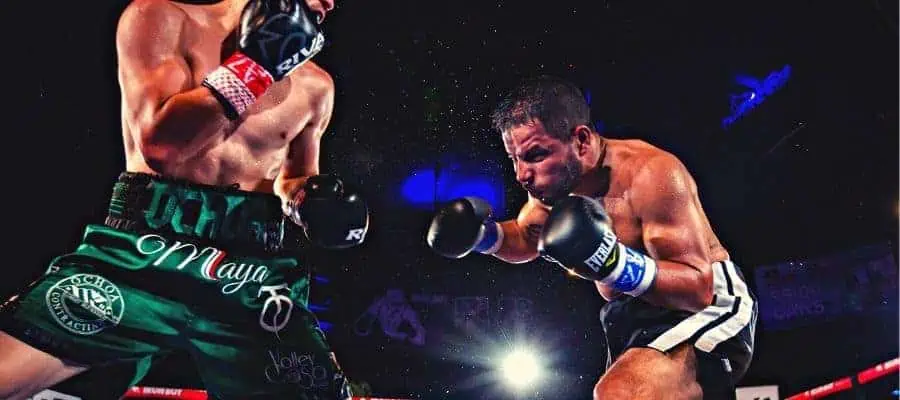
It doesn’t matter how fast you are. It is because if your opponent has anticipated your actions, you are no longer fast enough. Believe it or not, it’s harder for your opponent to see a punch coming at his eye level than a side punch. A hook, for example, requires much more movement and is much easier to block.
A properly executed punch on the nose line can knock your opponent out before he even realizes that you hit him. Most importantly, don’t give away your attack by clenching your fists, moving your shoulder, or taking a deep breath before hitting. First master the physical structure of the exercise technique.
Then work on taking advantage of a person’s limited visual range. Try to take a stance that limits your opponent’s ability to see and anticipate your actions. This skill requires a lot of practice, but once you have mastered it, you will be able to attack your opponent with little or no risk of getting hit back.
Use The Right Breathing Technique

During a fight, many athletes hold their breath, which is very damaging to themselves. The body becomes tense, which reduces the speed and power of your punches. Kiai (Shouting out when striking) during the technique even damages you because it damps your impulse.
The key to high punching speed is that you should breathe out by your punches.
Keep A Good Physical Shape
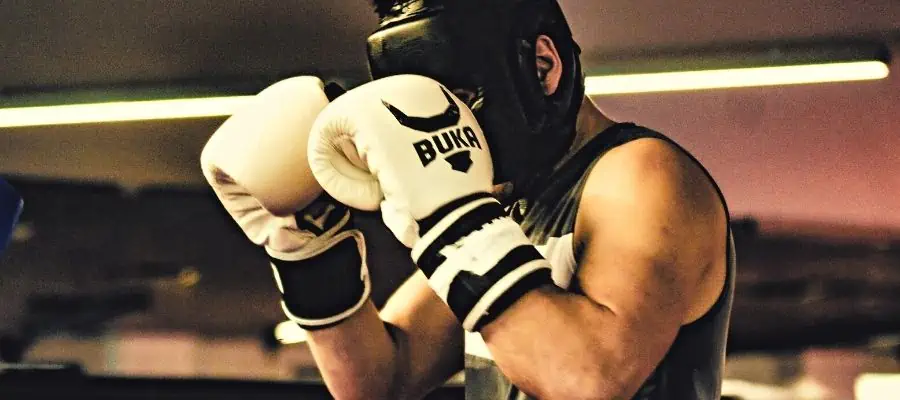
Agility, strength, and endurance are extremely important in self-defense. They are necessary even if most street fights usually last only a few seconds. If your body is flexible and relaxed, you can attack at almost any angle. Attacking high and low targets without the trouble of changing your fighting stance.
Also, leg strength is extremely important. The stronger your legs are, the stronger your punch will be. Also the faster you can shorten the distance between you and your opponent. It is important to increase your arm and forearm strength by training with weights and special punching exercises.
Exercises will help you strengthen your palms and wrists and improve the punching accuracy.
Be Persistent

You should challenge yourself three times a week, for 20-30 minutes, to try to improve your punching speed noticeably. Be prepared for the fact that there will be periods when you feel like you are not making much progress. Most people experience five levels of feelings of progress or lack of visible progress during their workouts.
There is unconscious incompetence (literally) when you are not aware of problems and ways to solve them. Exactly at this point, you realize that your knowledge and skills are not enough. Then you start looking for ways to solve the problem.
“Unconscious incompetence” means that you can only do new exercises when you are extremely focused. This is the most difficult focusing phase, and it seems like it takes forever. The process of transforming thought into reflex movements takes about 3,000 to 5,000 repetitions.
“Unconscious incompetence” is the only level of mastery at which true speed becomes possible. While you are learning to react more instinctively. You can only reach this level by thousands of technique repeats. For example, most people are in this reflective mental state when driving a car.
It allows them to react to road problems with unconscious coolness. They don’t think twice about changing gears or using the brakes. You can’t increase your punch speed when your basic movements start to be reflexes. The final stage of mastery is “consciousness of your unconscious incompetence”.
This is a level of mastery that only a few people have ever managed to reach. Always try to master your technique.
Keep Natural, Relaxed, And Balanced Fighting Stance
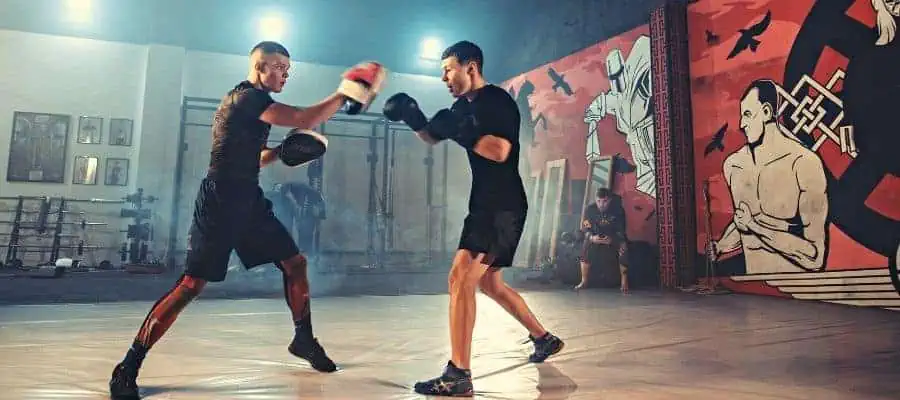
The best fighting stance is the one that does not look like a fighting stance. The legendary Japanese sword master Musashi Miyamoto said: “Your fighting stance becomes your everyday stance, and your everyday stance becomes your fighting stance.
You should know exactly what techniques you can do from each stance. You should be able to execute them naturally, without hesitating or changing stances.
Conclusion
Practice these 12 principles every day for 20 minutes. After a month of practice, you’ll have mastered a new, crushing speed. There are no natural fast fighters. Everyone has had to train as hard as you do. The harder you train, the less vulnerable you are in the fight.
I hope this article was helpful to you. Good luck
Recent Posts
What is Manachai's Fighting Style? Unveiling Muay Thai Mastery
Manachai, a celebrated figure in the Muay Thai world, has captivated audiences with his exemplary martial prowess. Hailing from the heartlands of Thailand, his name is synonymous with the art of...
What Was Chamuekpet Hapalang's Fighting Style? Unveiling Techniques
Chamuekpet Hapalang was a renowned figure in the world of Muay Thai (record 200-48-2), embodying a fusion of Muay Bouk and Muay Khao styles. Originating from Thailand, the art of Muay Thai is known...
